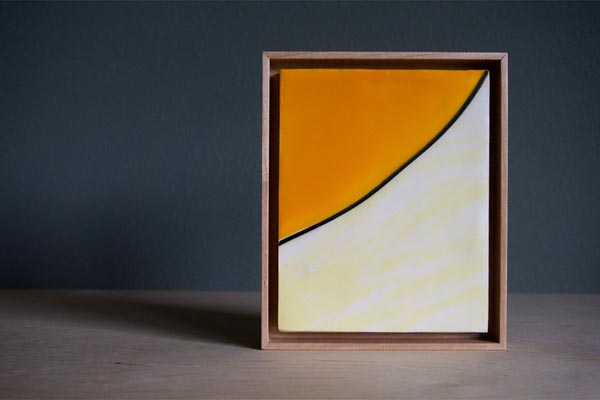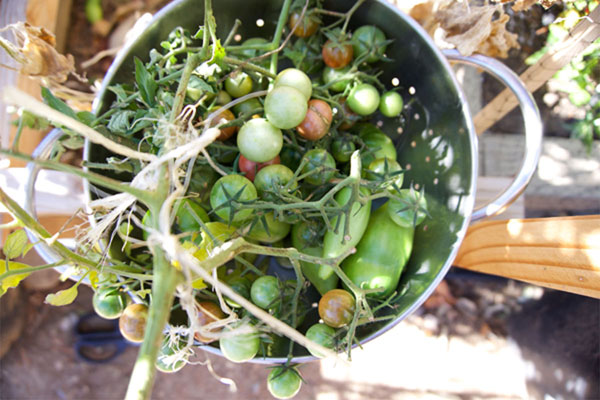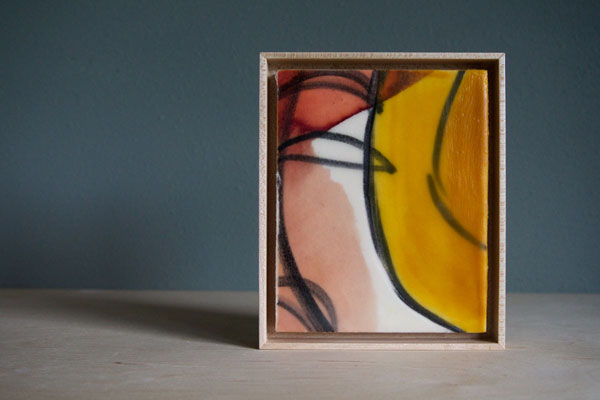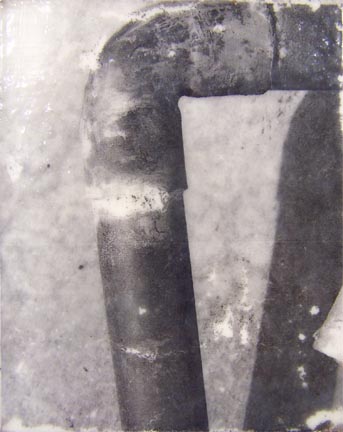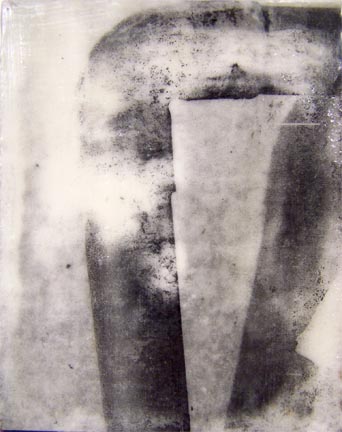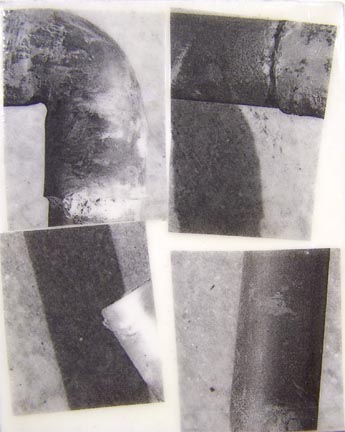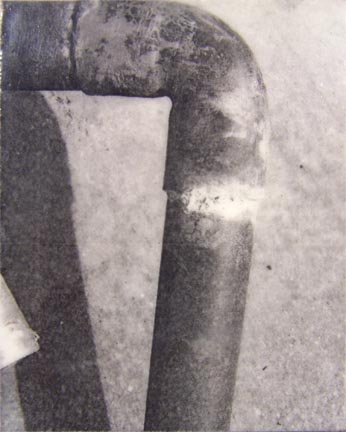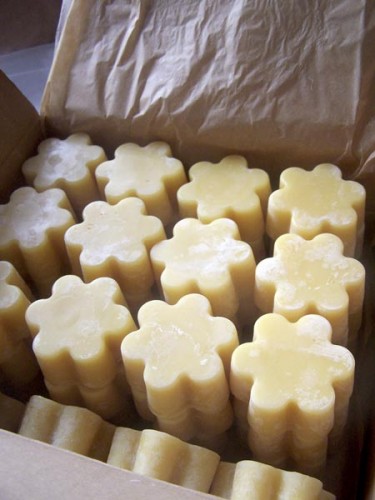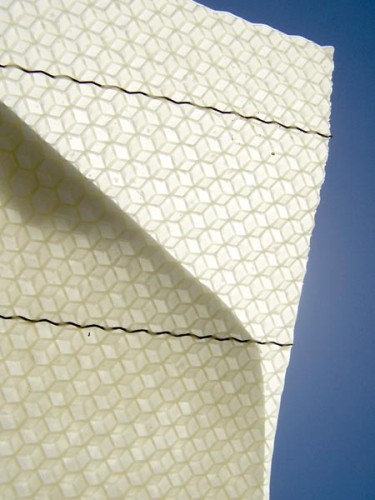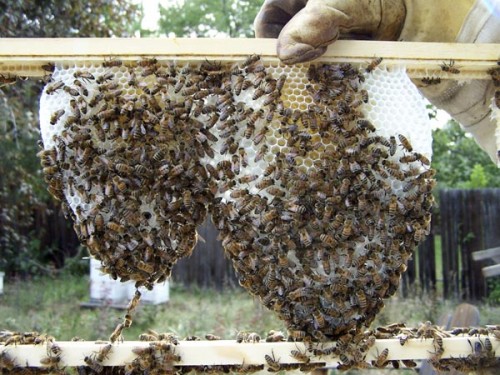Is it a good idea to wear gloves when handing beeswax in the studio? Or is that overkill? When I wrote about this in 2012 I was concerned about chronic exposure to pesticide residues and thought the answer might be yes even for pharmaceutical grade beeswax. More info needed, so I did some digging. Here is what I found.
How does the U.S. Pharmacopeia define pharmaceutical grade beeswax?
The U.S. Pharmacopeia defines beeswax/Yellow Wax as the purified wax from the honeycomb of the bee that conforms to the Saponification Cloud Test. White Wax is the product of bleaching and purifying Yellow Wax and also must conform to the Saponification Cloud Test. Both definitions “have been around since the mid 1930’s and it appears they have not changed much,” according to Robert H. Lafaver, M.S., Technical Services Manager at the U.S. Pharmacopeia.
What does “purified” mean?
To understand whether or not agricultural pesticides can be present in pharmaceutical grade wax you need to understand what purified means. When I asked Lafaver how the Pharmacopeia defines purified he explained that purification processes for pharmaceuticals fall under the Food and Drug Administration’s (FDA’s) authority and that some of these processes may be “patented and/or priority information.” He also suggested that I would “need to talk to manufacturers of wax to see how they purify it.” When I reached out to the FDA’s Office of Media Affairs for more info I received an acknowledgment of my question but no meaningful information. “I have not found out anything and will keep researching this,” said my contact there.
Wax cleaning methods range from simple straining to more complex filtering processes. And while the U.S. Pharmacopeia doesn’t determine how wax should be purified for pharmaceutical use, Lafaver said, “it depends on the manufacturer but basically, it is heated, filtered and mixed with alcohol or other chemicals to make it more pliable at room temperature and to remove any impurities (honey comb pieces, bee carcasses, larvae, etc.)
Does the Saponifaction Cloud Test detect pesticide residues?
The Saponification Cloud Test is one of five Specific Tests for beeswax listed in the U.S. Pharmacopeia. These tests are performed to ensure that pharmaceutical grade wax hasn’t been adulterated with other substances like microcrystalline or paraffin. These tests do not detect pesticide residues.
How do you know if the pharmaceutical beeswax you bought online is indeed pharmaceutical grade?
I’ve heard from a few artists who have reported receiving bad batches of beeswax (petroleum-smelling, weird texture) labeled “pharmaceutical grade” from various retailers. When I asked Lafaver what he thought might be going on he explained that the testing of pharmaceutical grade beeswax happens at the level of the pharmaceutical manufacturer and not the retailer. “Pharmaceutical companies are required to perform many, if not all, of the tests in the USP-NF.” However, it may be possible to purchase adulterated wax labeled as pharmaceutical from unknowing or perhaps dishonest retailers who are not required to perform those tests themselves. He went on to say that “if this is the case, then the FDA may not be aware . . . since no pharmaceutical product actually contains the material. Part of the Good Manufacturing Practices (GMPs) required by the agency for pharmaceutical companies are to know the source of the material they are purchasing. Buying from retailers could cause issues. Unfortunately, the potential for counterfeiting/adulteration is out there.”
Conclusions
• “All foundation beeswax pressed into sheets and used as templates for comb construction sampled from North America is uniformly contaminated,” according to Pesticides and Honey bee toxicity, a scientific paper published in 2010.
• Wax producers use a range of methods to filter impurities from white and yellow pharmaceutical grade wax. These methods aren’t clearly explained by the FDA and may not (probably don’t) filter pesticide residues which can bond with wax at the molecular level.
• Pharmaceutical grade beeswax isn’t tested for pesticide residues.
• Wax sold as pharmaceutical isn’t tested for adulteration at the retail level (it gets tested at the level of the pharmaceutical producer) so it’s possible to purchase adulterated “pharmaceutical grade beeswax” from less watchful retail art and craft suppliers.
• I recommend purchasing beeswax only from reputable sellers and if you do ever receive a suspect batch, send it back.
• The main risk to artists who handle beeswax on a daily basis is chronic exposure to the stuff artists add to the wax (pigments and such) and not agricultural pesticides which can be present in small amounts. But if you are handling beeswax daily over periods of months or years you need to know that agricultural compounds, including organophosphates, are part of the mix.
• When I asked Lafaver his advice for artists who work with beeswax daily over periods of months or years, he said, “Personally speaking, I would recommend gloves.”
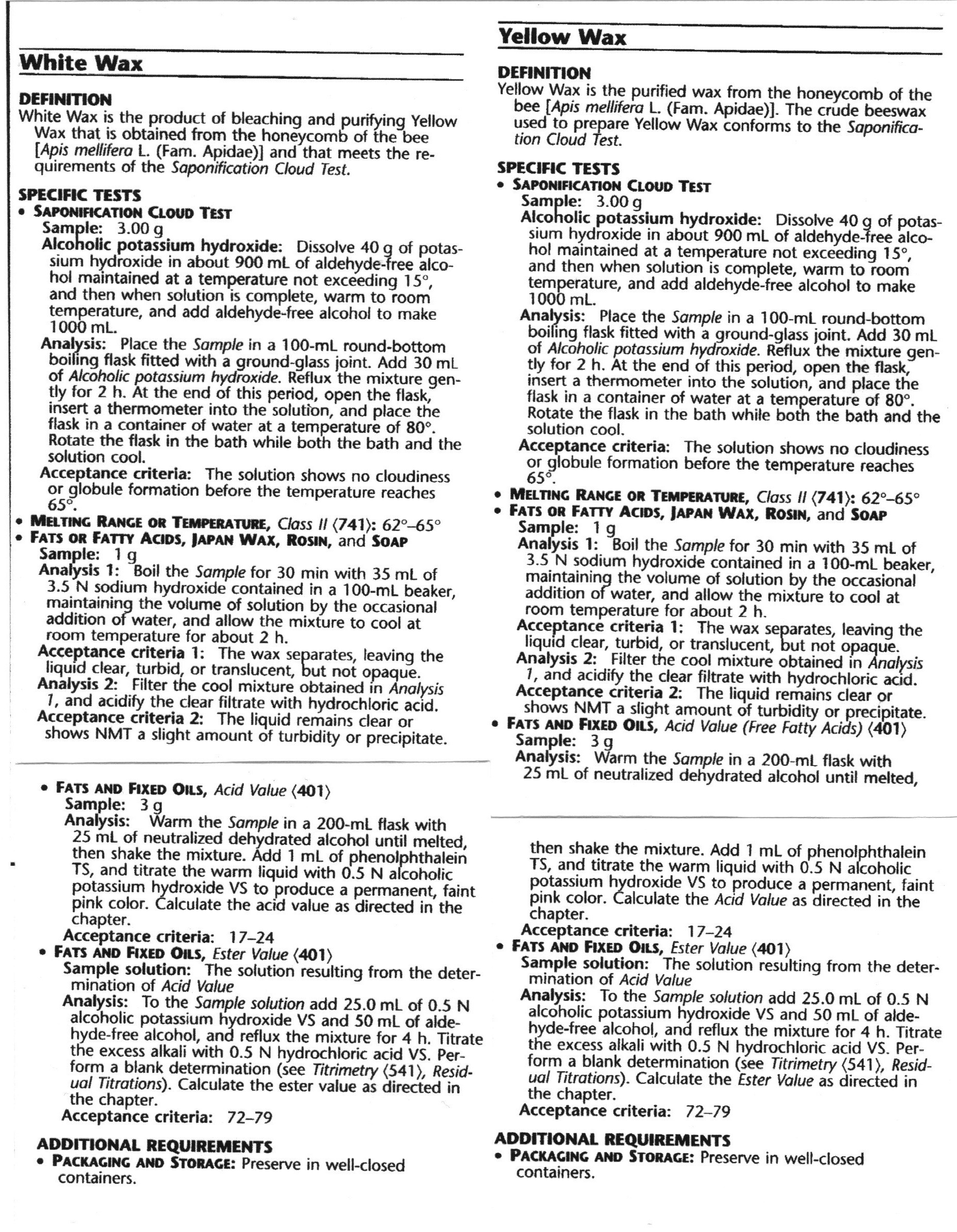
Pharmaceutical grade beeswax as defined by the United States Pharmacopeia and The National Formulary (USP-NF). I scanned & trimmed pages 2277 and 2278 so the info about white and yellow beeswax fit on a single page.
LINKS:
Beeswax and breasts: do you know what’s in yours?
Study reveals: organophosphate pesticides cause lasting damage to brain and nervous system



